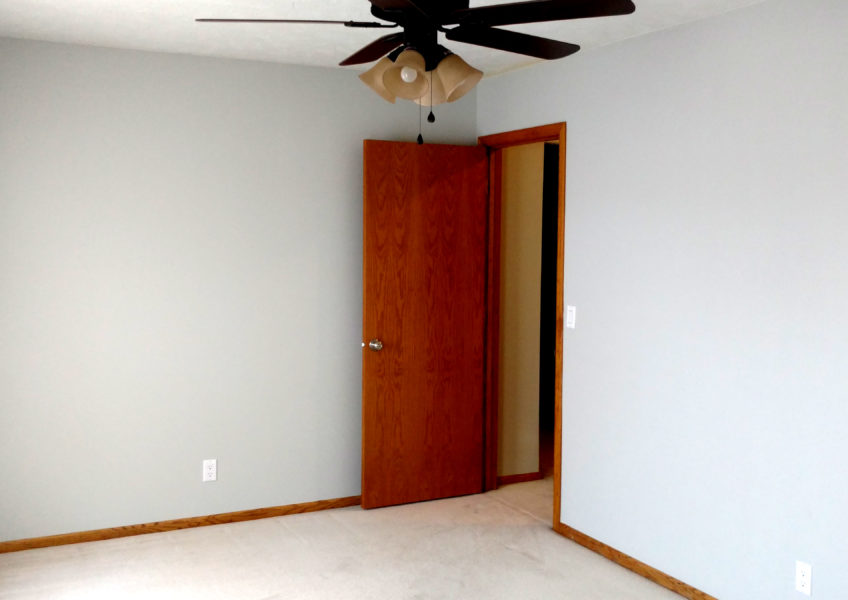Can I Knock Out This Wall in My House?
When remodeling or thinking about remodeling a home, a common question is, “Can I just take out this wall?” The simple fact is that, yes, any wall can be removed – but the cost involved varies a considerable amount depending on a number of factors. The questions should perhaps be rephrased as, “How much is it going to cost me to take out this wall.”
What’s Inside The Wall
A simple way to figure out what runs through your wall is to start snooping around. Are there outlets on the wall? Return vents? If you have a basement, head down there and take a look. Do you see any pipes, ducts or wiring that run through the wall? Look for clues such as cover plates, grilles, fixtures on both sides of the wall, or pipes and wires exiting the attic above or the basement below the wall. Generally speaking, anything that does run through the wall runs through it for a reason. You’ll likely have to relocate any item you find beyond drywall and finishes. If you don’t see any (or only limited) wiring, plumbing and HVAC – your wall may be a good candidate for removal.
On the other hand, if you do find multiple utilities beyond a light switch or outlet – you may need a professional to come assess this for you. Call a pro and get an opinion and estimate.
Load-bearing Wall
In the most general terms possible, walls are either structural or they are not. Walls needed for structural purposes are called load-bearing walls. Basically, these walls either help carry the loads from above to the foundation, or they may help keep the structure rigid to resist wind and seismic loads. It’s tough to just look at a wall and know – some walls that look pointless may be crucial, and likewise some walls that look very important may do nothing but hold up drywall.
Not all walls in your house are important to the structure and may simply be a partition or architectural wall. Any type of wall can be removed, but load-bearing walls require extensive engineering, shoring and reconfiguration to ensure the structure is as strong as before the modification. Removing non-load bearing walls is relatively economical and does not require large costs like engineering and new structural supports.
You can sometimes spot a load-bearing wall by recognizing the signs. Perimeter walls are typically structural, or you can look for other clues such as horizontal beams directly under the ceiling, in the crawl space, basement or main floor. Ceiling joists that carry the weight of the ceiling and meet together are needed for the structure of the house. If you’re still unsure or have a hard time determining if it’s a load-bearing wall, contact a structural engineer or contractor for help.
Costs of Removing a Wall
The unfortunate answer is that a blog post will never be able to tell you how much removing a wall will cost. There are simply too many factors to consider. Generally speaking, you can expect a few thousand dollars to remove a standard non-load bearing wall in a typical/modern American home without considering replacement and reconfiguration of the adjacent finishes. A load bearing wall can vary a great deal and cost tens of thousands of dollars to reconfigure and remove.
Additional Precautions
It’s easy to overlook additional work that may come from removing the wall such as patching or replacing the flooring. Taking out a wall can become more work than initially intended and it’s best to avoid surprises before the project begins. Making a list of supplies, time needed, total costs and adding some additional costs to the budget beforehand will help avoid those surprises in the future.
Forensic Engineering Specialists
Engineering Specialists Inc. has nearly 30 years of field experience in analyzing the damage to vehicles, residential, commercial, and industrial buildings. We can work on any project in any state, nationwide. When you or your business needs to confirm the extent of damage or how to correct a problem, email us at office@esinationwide.com or call us, toll-free, at (877) 559-4010.




